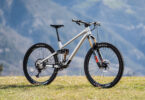A look at the concepts that are bridging the gaps between MTB and Road
With each new model year the gulf that separates mountain bikes and road bikes is growing smaller. With seemingly endless categories between the two, the gap is being bridged by exciting and revolutionary bikes. The new ways of thinking such as Gravel, Endurance and Cross Adventure all have a touch of the road and a sprinkling of the mountain in differing quantities, honing them to be the best in their niche. The Gold Award winning Open U.P. blends qualities of both worlds to create something amazing, more than the sum of its parts, a revelation that opens new doors. We are also starting to see the two worlds take cues from each other more and more, ideas and concepts shared between the polar disciplines via all the intermediaries.
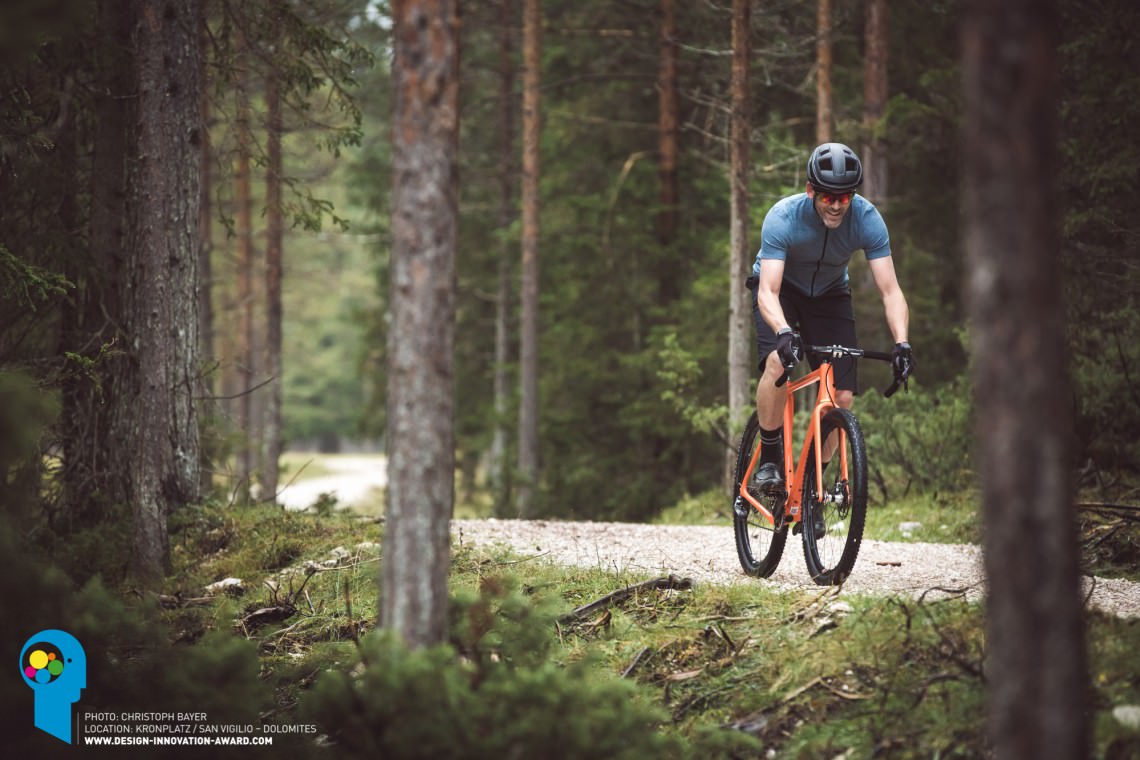
The history of road bikes is long and glorious, it’s hard not to be swept up in the majesty of the grand tours and revel in the history of cycling. The world’s toughest bike races used to be ridden by hard men, taking weeks off their day jobs to ride fixies over mountains. Since those early days, the skinnier side of the cycling industry has taken giant leaps forward with design and innovation, creating infinitely faster, lighter and more comfortable steads. In the long history of road a relatively recent development has been the introduction of the most basic of elements – carbon! US brand Kestrel created the first carbon frame in 1986 but it took a further two decades before we started to see carbon become really prevalent in the world of mountain biking. The need for greater strength throughout the frame while reducing weight caused the world of MTB to seek inspiration from road.
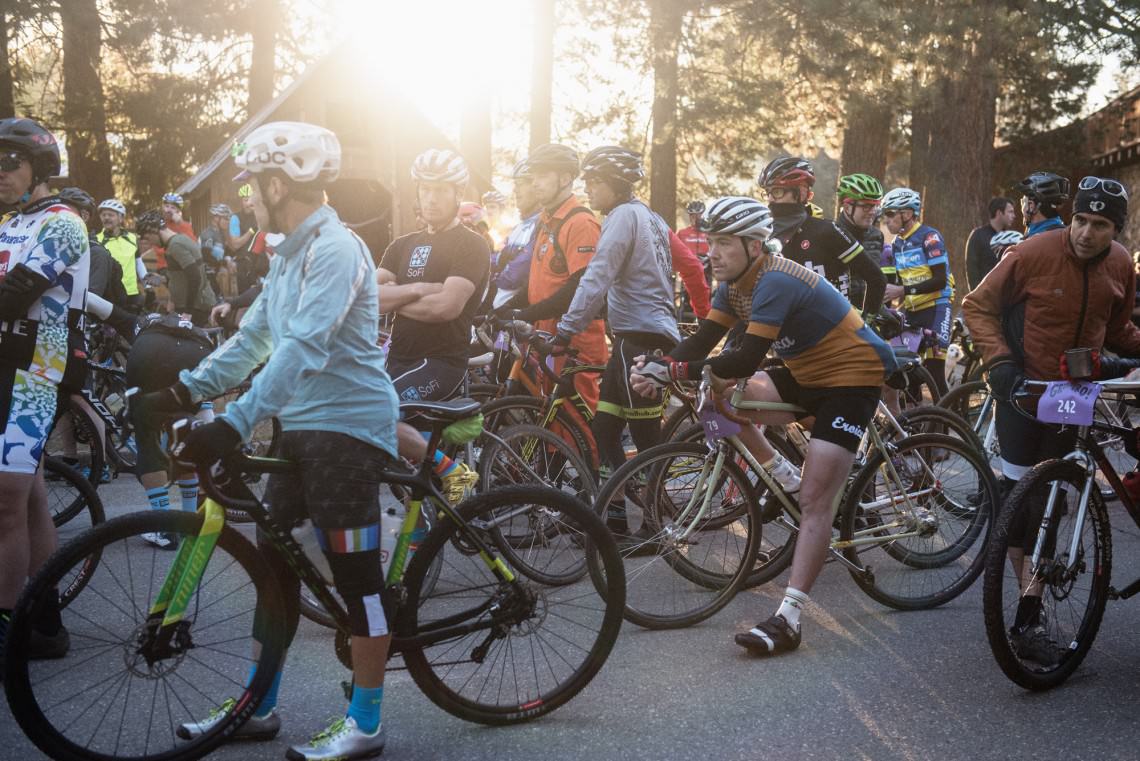
But slowly the tide has been turning, the birth of international mountain bike racing, though still tiny when compared to road, has driven innovation forward. Racing against the clock in the most demanding of environments has filtered out designs that cannot handle the pace, eliminated the weak and inferior. Now we are seeing a steady flow of innovation back from the dirty world of MTB to the classically more refined road.
So what technology has crept from the drawing boards of mountain bikes to eventually end up on the road? Mountain bike riders often reminisce about the old days of rim brakes but most road bikes are still living those days with the recent introduction of disc brakes being met with suspicion. Disc brakes have been proven to offer a stronger and more consistent braking experience but it is still debated whether this is strictly necessary on the road. Is the ability to stop on a button a good thing in a packed peloton and is it safe? The UCI have also been slow to welcome this change with concerns over crash safety, wheel changes, neutral support and overheating; but 2015 saw the partial lifting of the ban on disc brakes in competition cycling. This year will be fundamental for the universal acceptance of disc brakes in road cycling.

And what of tire size, over the last ten years the mountain bike community has been driven to near madness by ever changing standards, 29ers split opinion, 650b initially upset everyone and nobody had any fight left for Plus, but change brings new possibilities. Standard road tires are growing too, not so long ago 18-20 mm was the norm, now even Tour de France riders are hitting the roads on 25 mm tyres and up to 30 mm for the cobbled stages. Relentless testing has proven that at the same pressures, rolling resistance decreases as tires go wider. Lower pressures can be used allowing the tire to absorb more of the roads imperfections, reducing fatigue. This is more of a concept than a direct technology hand over but still, mountain bikers had fat tyres first!
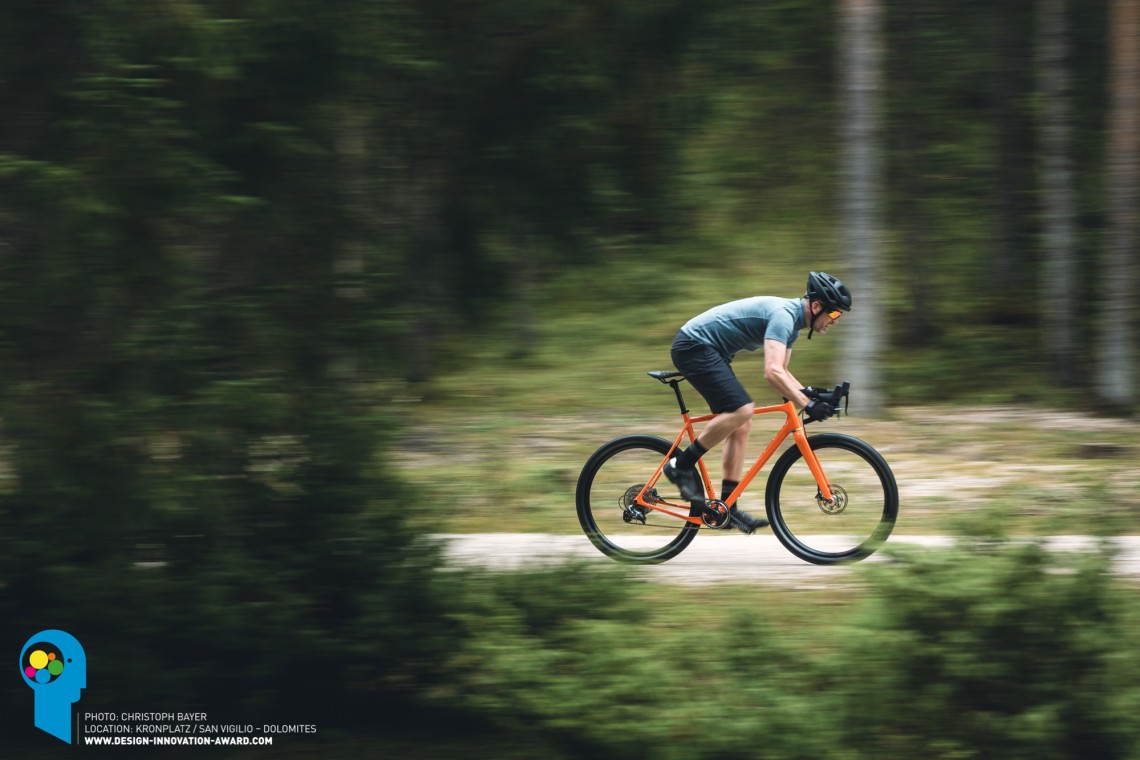
And what of comfort? Surely road racing should be uncomfortable, it should be about pain and suffering, sacrificing everything in the pursuit of milliseconds? Not any more. Although we are unlikely to see sophisticated air springs with compression and rebound adjusters on the grand tours anytime soon, Trek’s IsoSpeed decoupler on the new Madone takes road bike comfort to a new level, reducing mental and physical fatigue with no loss of power. Mountain bikers who ride hardtails and a full susser know that an increase in comfort is directly related to an increase in speed. The road is not a ribbon of unblemished surface, but a living breathing animal complete with imperfections and moods; road bike stiffness has been replaced with compliance as we learn that comfort equals fast.
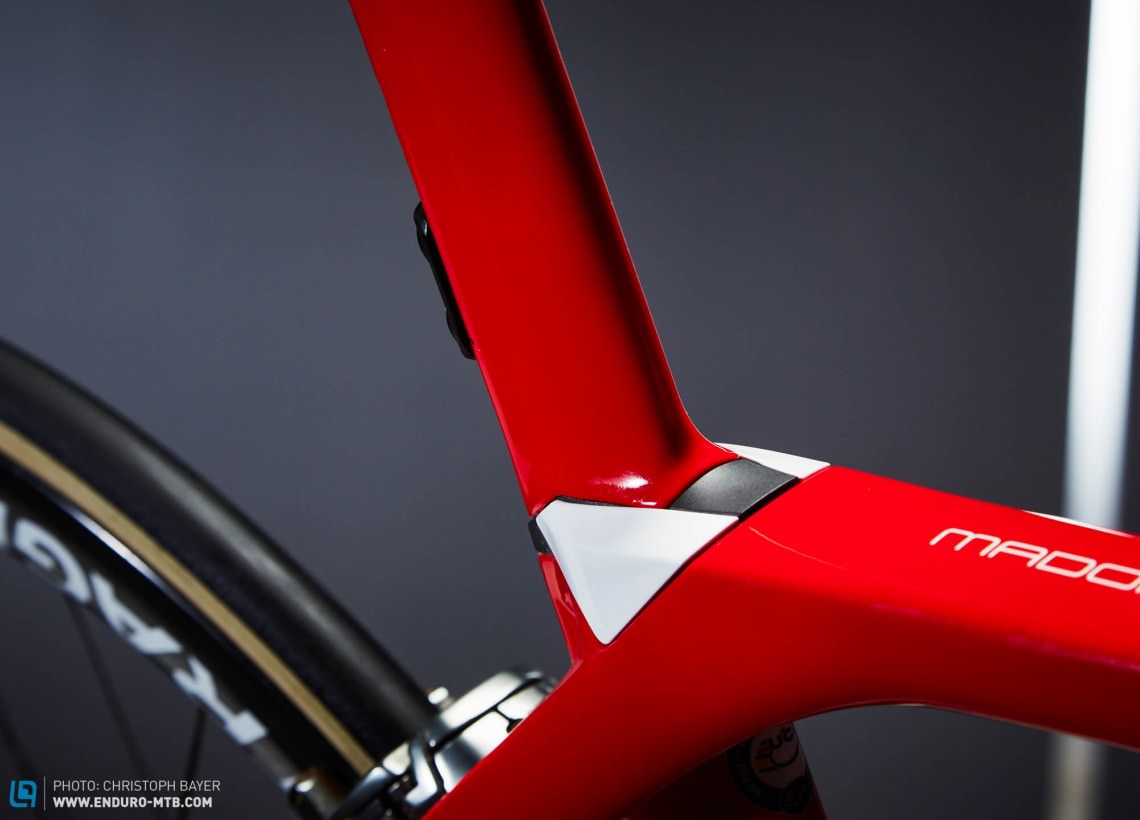
Another product that revolutionised MTB and is now making the transition is the dropper post, maybe not road bikes quite yet but certainly drop bar bikes. Cody Kaiser, US cyclocross sensation and Design & Innovation Award Expert Jury member is a fan and sees the potential “for adventure riding, I think it should be a must, I mean you’re barrelling down a gravel road it’s loose, it’s wild, why not drop the post? It is the same as on a mountain bike, lower centre of gravity, you can get more aggressive”. The droppers available for drop bar bikes offer less movement, the Specialized XCP dropper has 35 mm of travel, but enough to get it out of the way for trickier descents while still being high enough that you can pedal with it down. The additional weight that this incurs will stop it being common place on performance focussed road bikes for the time being but maybe the ability to get the saddle a little lower on alpine descents will open up exciting new events. The greatest fans of dropper posts may well be riders entering the latest wave of enduro/gravel road crossover races like the SuperEnduro B-Road event and the Grinduro series in the US. Road and mountain bike racers come together to ride in stunning countryside united in the simple pleasure of being a cyclist.
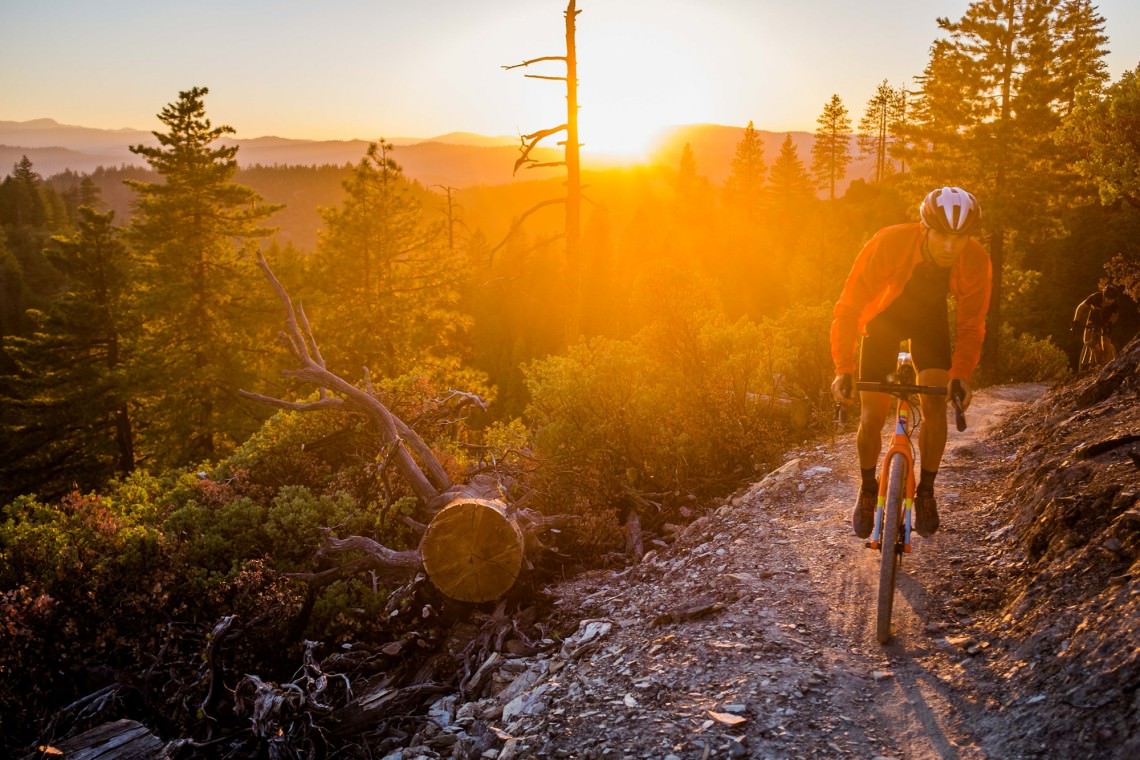
So where there was once only a one way exchange the flow of innovation has shifted, mountain biking has evolved, refined, and is now sharing its knowledge with bikes that rule the asphalt. When it comes to the purity of speed and lightness the well financed world of the road cyclist leads the way, but with new bikes that connect the two worlds like the Open U.P. we are now becoming more united than ever before.
More information about the Design & Innovation Award 2016 is just a click away
Words: Catherine Smith Photos: Christoph Bayer
Did you enjoy this article? If so, we would be stoked if you decide to support us with a monthly contribution. By becoming a supporter of ENDURO, you will help secure a sustainable future for high-quality mountain bike journalism. Click here to learn more.




